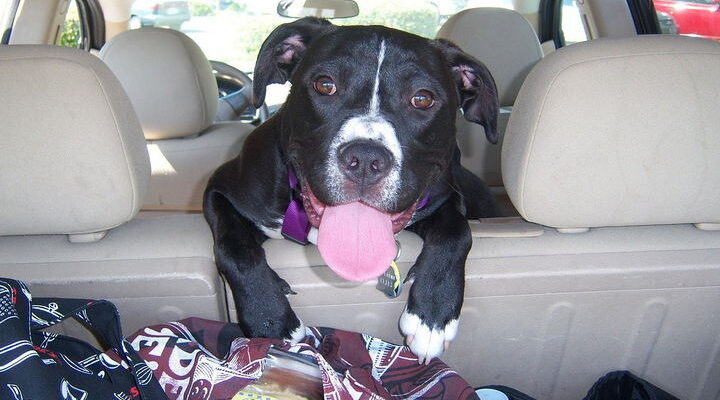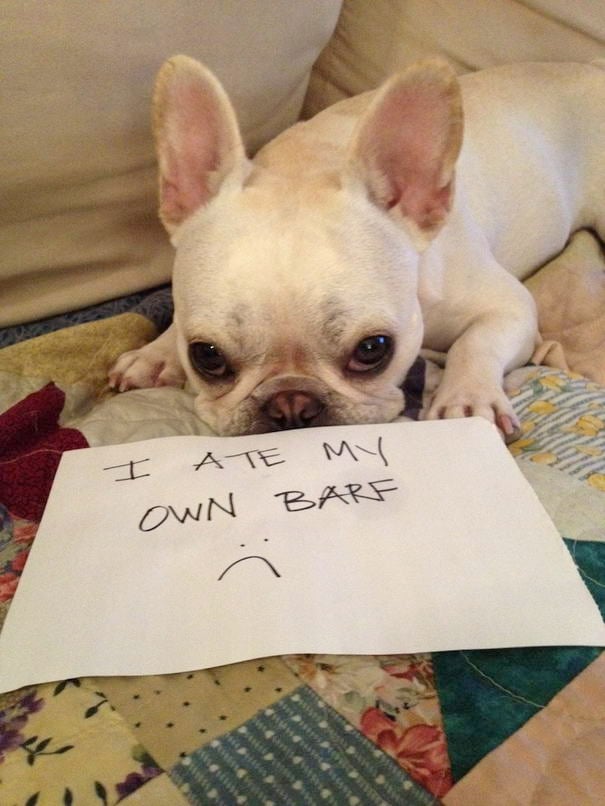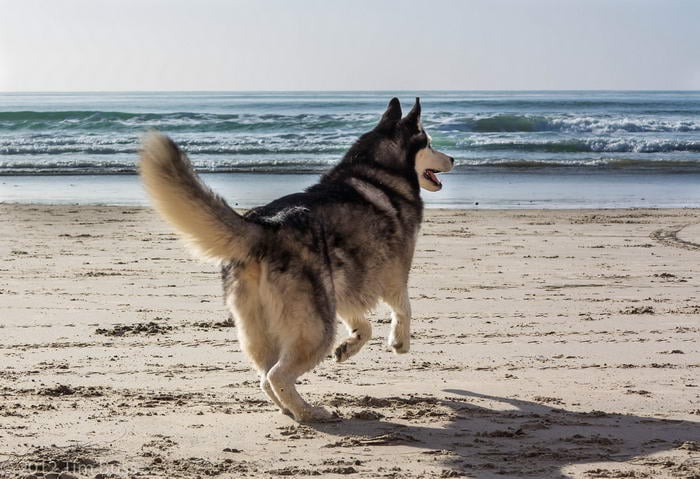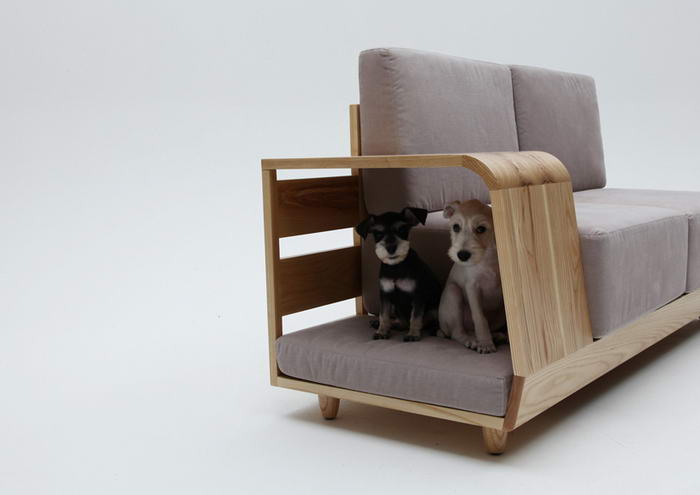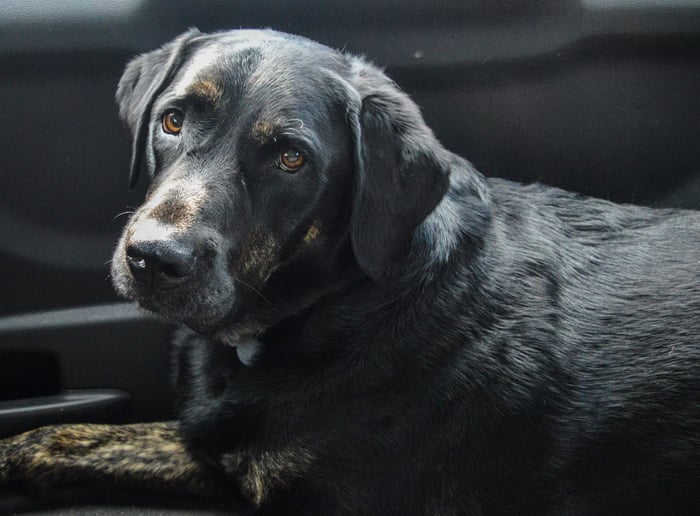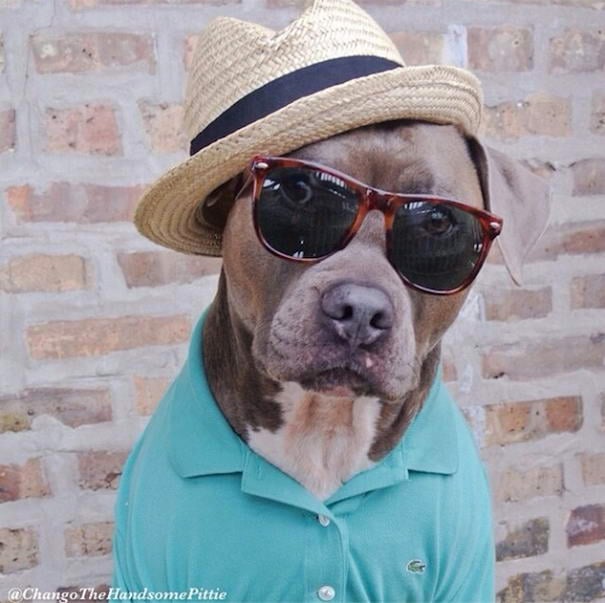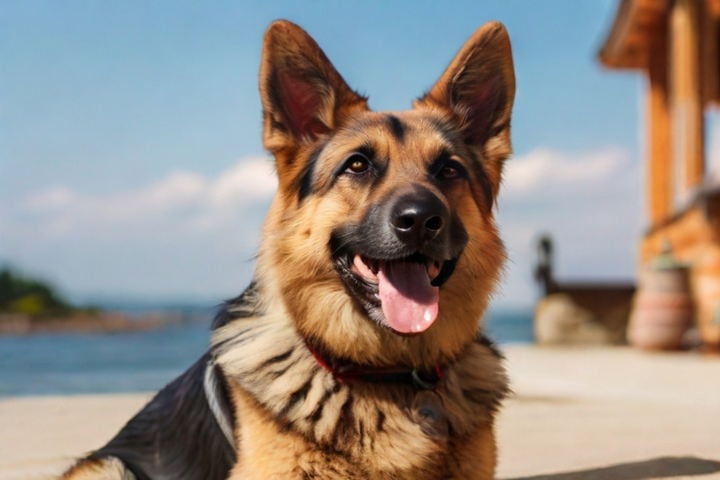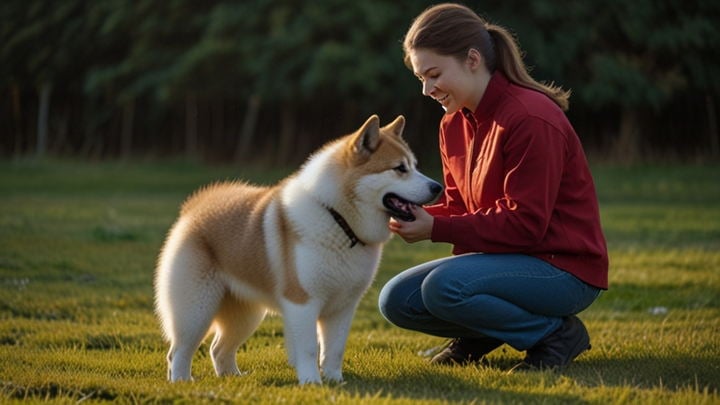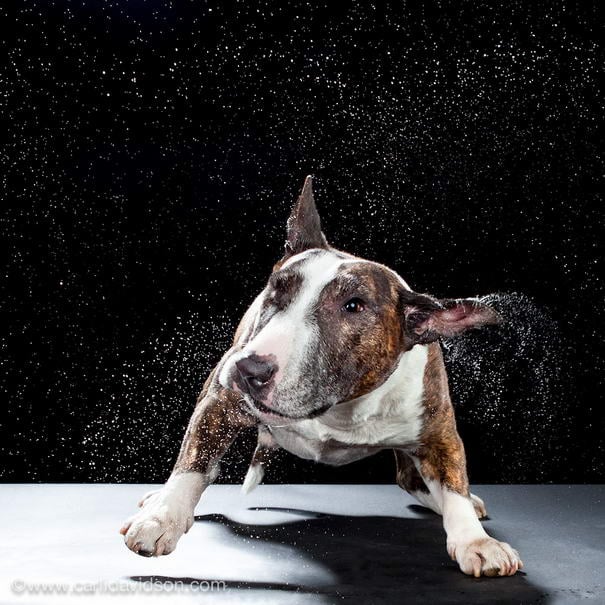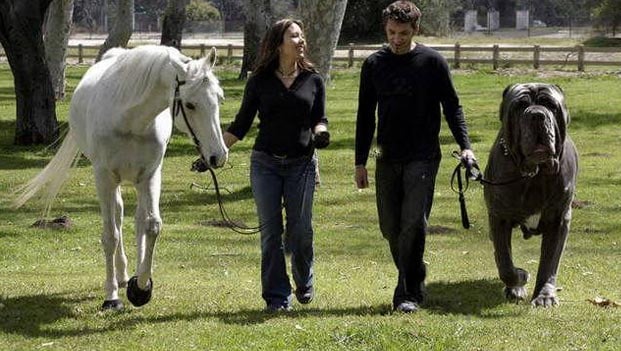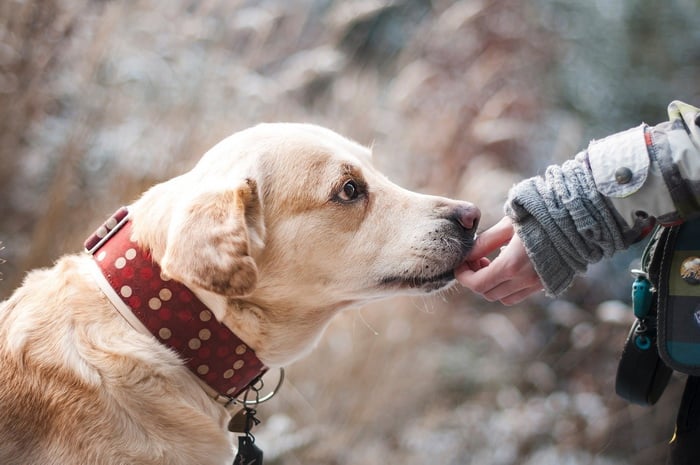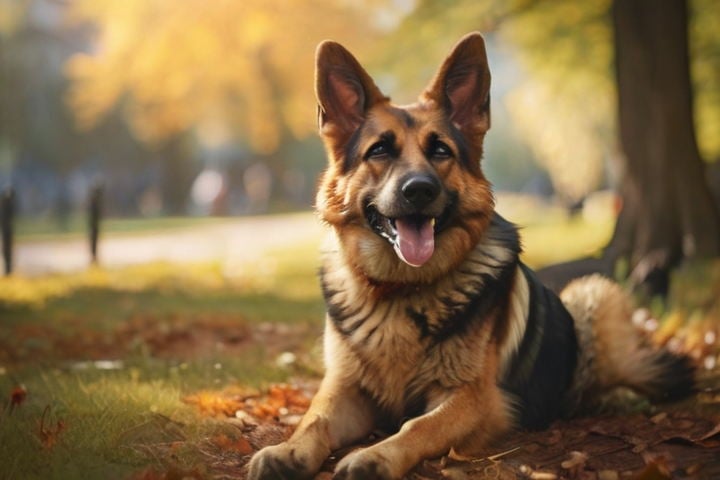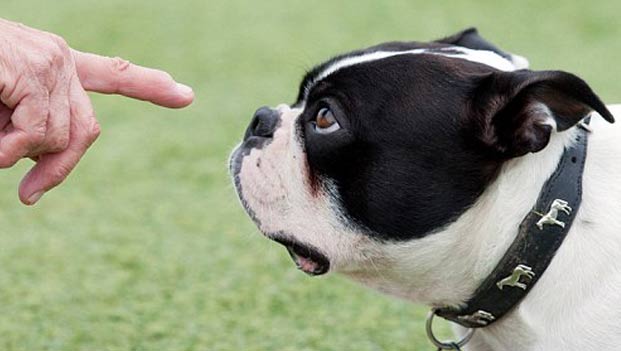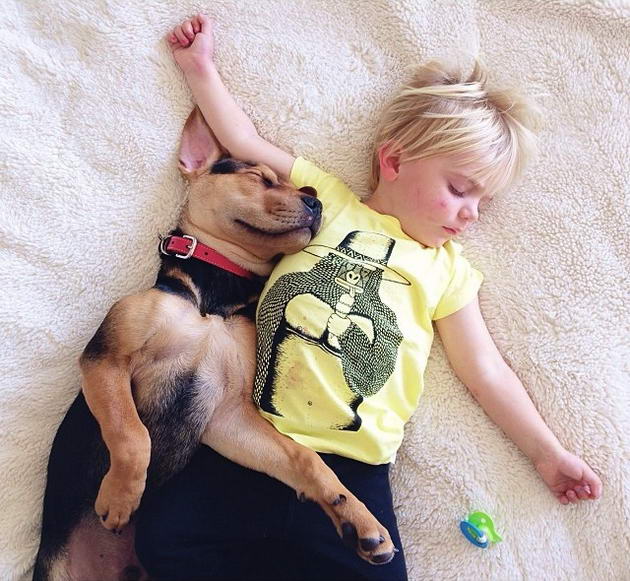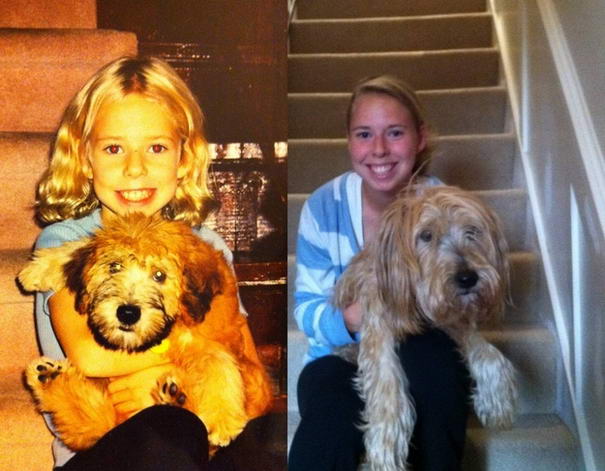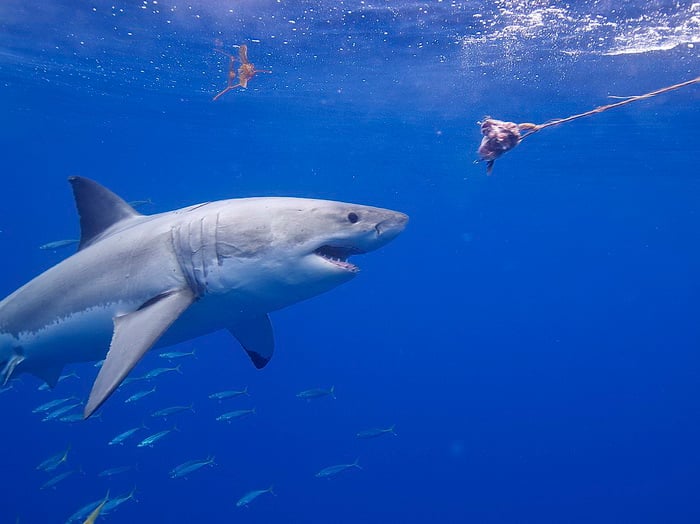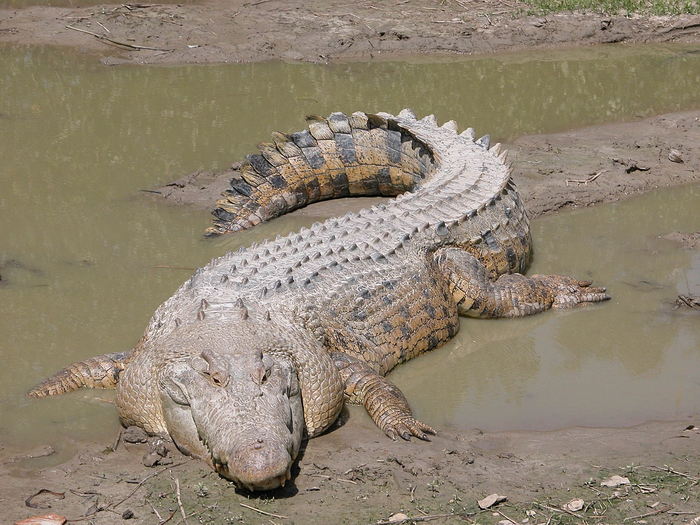As the holiday season approaches, the excitement of travel plans starts bubbling up. But, when you have a furry friend as part of your family, planning gets a bit more intricate. You’re not just thinking about packing and itineraries; you’re also contemplating how your beloved dog will fit into these holiday escapades. It’s a common scenario for many pet parents, considering 68% of US households own a pet, and a substantial portion of these include dogs ready for adventure.
Traveling with your dog during the holidays might seem daunting. You’re probably picturing the long car rides, the hustle and bustle of airports, and the unfamiliarity of new places through the eyes of your canine companion. But here’s a heartening fact: traveling with pets is on the rise, and the travel industry is adapting to accommodate our four-legged family members more than ever before. This shift means that taking your dog along on your holiday travels is not as out-of-reach as you might think.
But wait, there’s more to it than just deciding to bring your dog along. Preparation is key. Just like you, your dog needs to be ready for the trip. This readiness involves more than a packed bag; it’s about ensuring your dog’s comfort and safety throughout the journey. Whether you’re zipping through airports or cruising in your car, your dog’s well-being is paramount.
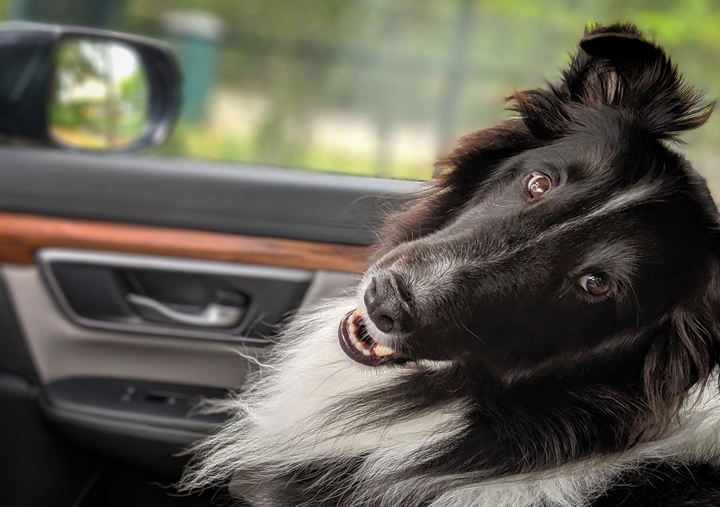
Here’s a thought that might cross your mind: “Is holiday travel with my dog even feasible?” You’re not alone in this. Here are 10 most essential tips for stress-free travel with your dog…
10 – Evaluating Your Dog’s Readiness for Holiday Travel
Before you start packing, take a moment to consider if the trip is suitable for your pet. Not all dogs are comfortable with travel, and some may find it particularly stressful. Here’s how to assess:
- Understand Your Dog’s Temperament: Some dogs are adventurous, while others prefer the comfort of their home. Consider your dog’s personality and past behavior in new environments.
- Health Considerations: Your dog’s health is paramount. If they have any medical conditions or are advanced in age, consult your vet. They can provide guidance on travel safety and any necessary precautions.
- Type of Trip: The nature of your holiday matters. A peaceful countryside retreat might be more suitable for a dog than a bustling city break.
09 – Acclimatization Through Short Practice Trips
Acclimating your dog to travel is crucial for a stress-free holiday experience. Start with short trips to build their comfort level:
- Incremental Approach: Begin with short drives around the neighborhood, then gradually increase the duration.
- Familiarize with Travel Gear: Use these trips to get your dog accustomed to their crate or harness, making sure they associate these items with positive experiences.
- Observe and Adapt: Pay attention to how your dog reacts. If they seem anxious, slow down the process and give them time to adjust.
08 – Packing the Canine Essentials and Emergency Preparedness
A well-packed bag can make all the difference in your dog’s travel experience. Here’s what to include:
- Basic Necessities: Don’t forget the essentials like dog food, water, and their favorite toys.
- Medication and Health Supplies: If your dog is on any medication, pack an adequate supply. Also, include basic first-aid items.
- Emergency Contacts: Have the contact information of a local vet at your destination. In case of an emergency, you’ll know exactly where to go.
- Travel Checklist:
- Food and water supply
- Medication (if applicable)
- Favorite toys and comfort items
- Collapsible bowls for easy feeding
- Vet contact info and medical records
By following these tips, you’ll be well on your way to ensuring that both you and your dog have a safe and enjoyable holiday experience.
07 – Keeping Up with Routine and Familiarity
Maintaining your dog’s routine is crucial while traveling. It helps minimize their stress and keeps them calm in unfamiliar environments. Here’s how to maintain normalcy:
- Consistent Feeding Schedule: Stick to your dog’s regular feeding times. This consistency helps them feel more secure and regulates their digestion.
- Familiar Walks and Playtimes: Try to replicate your dog’s usual walking and playtime schedule. Regular exercise helps manage anxiety and keeps them relaxed.
06 – Securing Your Dog with Identification and Microchipping
Ensuring your dog can be easily identified is essential for their safety:
- Update ID Tags: Before leaving, check that your dog’s collar and ID tags have current information, including your mobile number and any relevant health info.
- Consider Microchipping: A microchip provides an extra layer of security. It’s a quick procedure and can be crucial if your dog gets lost, especially in unfamiliar places.
05 – Steering Clear of Hazardous Substances
When traveling, especially in new areas, be aware of potential dangers:
- Be Vigilant on Roads and Parking Lots: These areas can have antifreeze, oil, or other harmful substances. Keep a close eye on your dog to prevent them from ingesting or stepping in these toxins.
- Immediate Cleaning: If your dog comes into contact with any suspicious substance, clean the affected area immediately and consult a vet if necessary.
04 – Prioritizing Pit Stops for Health and Comfort
Regular breaks during a road trip are vital for your dog’s well-being:
- Stretching and Exercise: Long hours in the car can be hard on your dog. Stop every few hours to let them stretch their legs and burn off some energy. This not only keeps them physically fit but also helps manage stress and excitement.
- Hydration is Key: Make sure your dog has access to fresh water during these breaks. Hydration is crucial, especially during travel when your dog might be more active or anxious than usual.
03 – Ensuring Safety and Comfort in the Car
Safety in the car is non-negotiable when it comes to traveling with your dog:
- Use of Backseat Barriers or Crates: Secure your dog either with a backseat barrier or in a crate. This ensures they don’t distract the driver and are protected in case of sudden stops. For smaller dogs, a crate provides a secure, familiar space, while a barrier can give more freedom to larger dogs yet keep them safely confined to the backseat.
02 – Crafting a Home Away from Home
Help your dog adjust to new environments by bringing a piece of home with you:
- Familiar Comforts: Pack items like their favorite blanket, toys, and even their usual bed if possible. These familiar items can greatly ease their anxiety in a new place.
- Soothing Environment: Setting up a designated space for your dog with these items can make a hotel room or rental property feel more like home, providing a sense of security and comfort.
01 – Embracing Calm and Patience: The Key to a Successful Dog-Friendly Holiday
The final and perhaps most crucial aspect of traveling with your dog is maintaining a sense of calm and patience. Here’s how to ensure a peaceful journey for both you and your furry companion:
- Stay Calm Yourself: Dogs often pick up on their owner’s emotions. If you’re anxious, your dog is likely to sense it and become anxious too. Practice deep breathing or listen to calming music to keep your own stress levels in check.
- Create a Personal Space for Your Dog: At your destination, set up a designated area for your dog. This could be a corner with their bed, toys, and water bowl. Having a familiar space in an unfamiliar environment can significantly reduce their anxiety.
- Keep a Consistent Routine: As much as possible, stick to your dog’s regular schedule for feeding, walking, and playtime. This consistency provides a sense of normalcy.
- Use Calming Aids if Necessary: Consider natural calming aids like pheromone sprays or calming chews if your dog tends to get nervous. These can help soothe their nerves, especially in new or crowded environments.
- Quality Time Matters: Spend quality time with your dog, offering reassurance and affection. A relaxed walk or some playtime can be beneficial for both of you.
- Patience is Key: Remember, not every moment of the trip will go as planned. Be patient with your dog as they adjust to new sights and sounds. Celebrate the small victories, like a successful car ride or a calm night in a new place.
By focusing on relaxation and patience, you can create a positive travel experience for both you and your dog, making your holiday adventures enjoyable and stress-free.
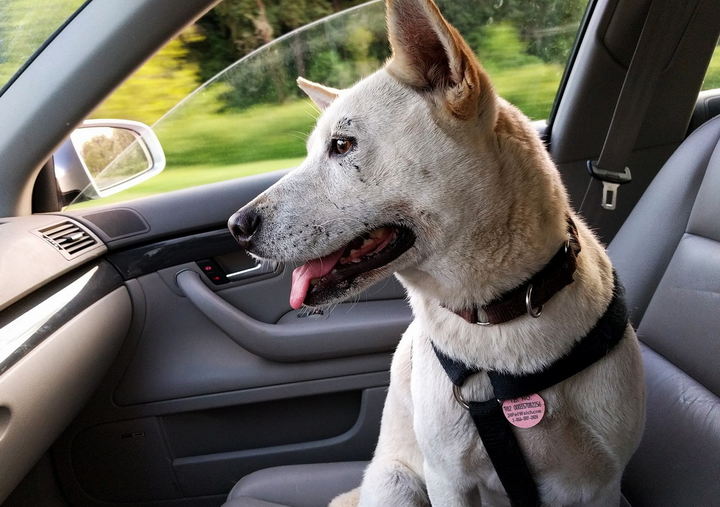
Preparing Your Furry Companion for Holiday Adventures
Embarking on a holiday trip with your dog is more than just packing a bag; it’s about ensuring their comfort and safety from start to finish. Before you set off on your holiday journey, consider these essential steps to prepare your four-legged friend for the adventure ahead.
- Preparing for Different Travel Environments: Your dog’s first encounter with a bustling airport or a crowded train station can be overwhelming. To ease their anxiety, introduce them to similar environments beforehand. A visit to a busy park or a crowded street can serve as a good practice run. This exposure helps your dog get used to unfamiliar sights, sounds, and smells, making the actual travel experience less stressful.
- Training for Travel: Basic obedience commands like “sit,” “stay,” and “come” are crucial for safe and stress-free travel. Training your dog to respond reliably to these commands can significantly ease the journey. It’s equally important to acclimate your dog to their travel crate or carrier. Introduce the crate well in advance of your trip, making it a comfortable and safe space with familiar blankets and toys. A dog that views their crate as a secure spot will have a much smoother travel experience.
- Ensuring Safety with Proper Identification: In the hustle and bustle of travel, the unthinkable could happen – your dog might get lost. To prevent this, ensure your dog wears a collar with up-to-date ID tags, including your contact information and any vital medical details. Microchipping offers an additional layer of security, providing a permanent way to identify your pet if they get lost and their collar is missing.
- Selecting the Right Restraint System: For car travel, securing your dog is non-negotiable. Whether you opt for a dog crate or a specialized dog seatbelt harness, keeping your pet restrained during car rides is critical for everyone’s safety. This not only prevents distractions for the driver but also protects your dog in case of sudden stops or accidents.
- Familiarizing Your Dog with Air Travel: If flying is part of your travel plan, prepare your dog for the experience. Acquaint them with their crate if they aren’t used to it daily. Check airline policies well in advance to understand requirements for pet travel, such as health certifications and vaccination proofs. Remember, the more familiar your dog is with their crate and the travel routine, the less anxious they will be.
By taking these preparatory steps, you ensure that your holiday travel with your dog is not just doable but enjoyable. It’s about making the journey comfortable and safe for your furry companion, turning what could be a stressful experience into a series of pleasant memories. Remember, a well-prepared dog is a happy traveler!
Wrapping Up Your Holiday Travels with Your Canine Companion
As our holiday adventure with our furry friends draws to a close, it’s time to reflect on the journey and look forward to future travels. Traveling with your dog during the holidays can transform a simple trip into an extraordinary experience, creating memories that last a lifetime.
We’ve explored a range of tips to make holiday travel with your dog smooth and enjoyable. From ensuring they’re comfortable in different travel environments to keeping them safe with proper identification, every step contributes to a successful journey. The importance of maintaining routines and familiarizing your dog with new environments cannot be overstated. These practices help minimize stress for both you and your pet.
Remember, choosing the right accommodation is crucial. Researching pet-friendly hotels and understanding their policies in advance prevents any unwelcome surprises. Ensuring your dog feels at home in these new surroundings, perhaps with their favorite blanket or toy, can make all the difference in how they adjust.
Traveling with your dog not only brings joy but also strengthens the bond between you. The shared experiences, from exploring new trails to cozy evenings in a new place, deepen the connection you have with your pet.
As you unpack your bags and settle back into your routine, think of all the fun you’ve had and the lessons learned. Each trip with your dog is an opportunity to grow and learn together. So, as we conclude, remember that each journey is more than just a destination; it’s a chance to create unforgettable moments with your four-legged friend.
Embrace these experiences, and here’s to many more holiday travels with your loyal companion by your side!


